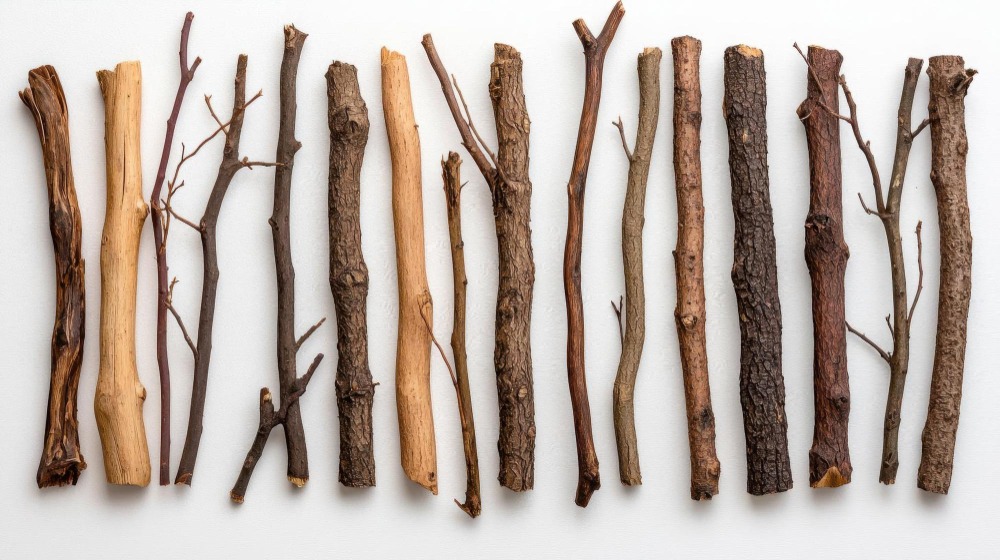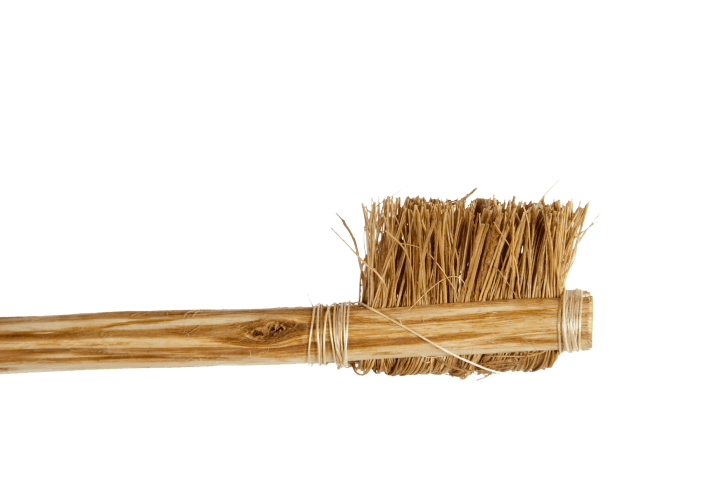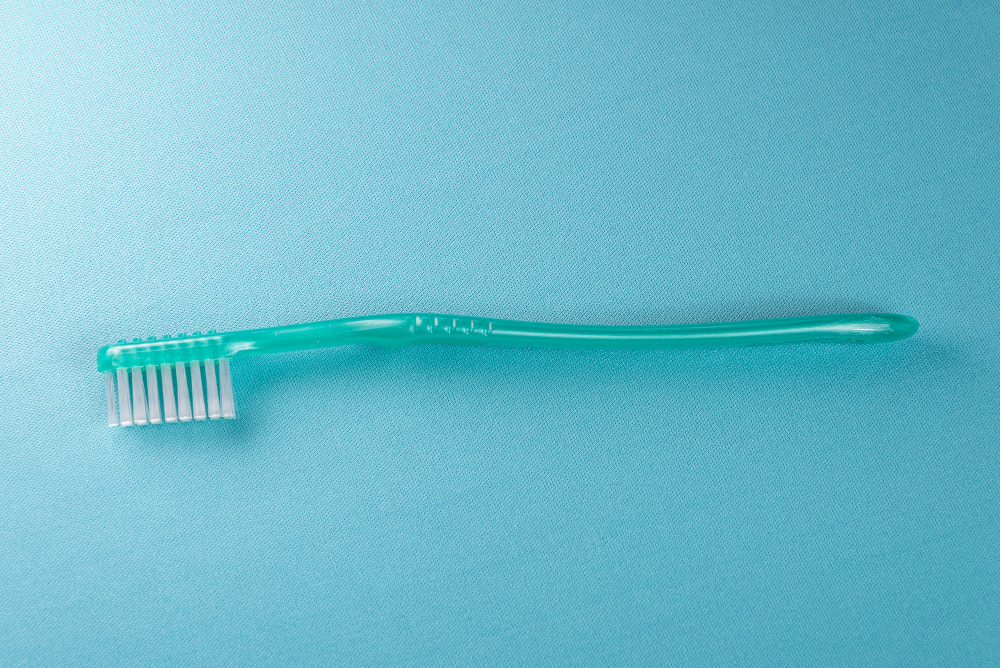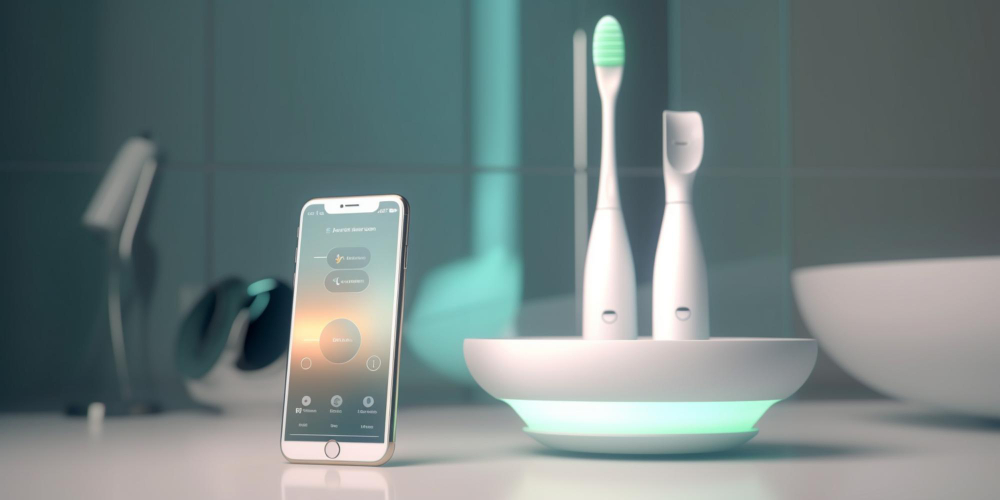Introduction: The Unsung Hero of Your Morning Routine
We use it every day, often without a second thought. The toothbrush is one of the most important tools in modern hygiene — a small item with a massive impact on health. But have you ever wondered where it came from?
The history of the toothbrush is surprisingly rich, stretching back thousands of years across multiple civilizations. From frayed twigs to animal hair to synthetic innovation, the toothbrush has gone through quite the glow-up.
Let’s dive into the fascinating journey of this everyday object, and explore the invention of the toothbrush, the origin of toothbrush bristles, and the ongoing evolution of dental hygiene tools.
Ancient Beginnings: Chew Sticks and Frayed Twigs
Before modern toothbrushes, people around the world were already aware that clean teeth mattered.
- Around 3000 BCE, ancient Babylonians and Egyptians used chew sticks: thin twigs with frayed ends used to scrub teeth.
- In China (circa 1600 BCE), aromatic sticks from trees like miswak and neem were used, not just for cleaning but also for fresh breath.
- These early tools didn’t have bristles, but they served the same purpose — maintaining oral hygiene.

The First True Toothbrushes: Bristles Enter the Scene
The concept of bristles came from Tang Dynasty China, around the 7th century AD. These brushes had:
- Handles made of bamboo or bone
- Bristles crafted from hog hair, particularly from the stiff back hairs of northern pigs
While they were effective, these early toothbrushes weren’t exactly gentle — and they didn’t travel well. When the idea spread to Europe, tooth-cleaning methods remained less sophisticated for a while, often involving cloths or fingers.
The Invention of the Modern Toothbrush
The invention of the toothbrush as we know it began in England in the 18th century. A man named William Addis, while in prison, fashioned a brush by:
- Drilling holes into a bone handle (possibly from a meal)
- Inserting bristles salvaged from a guard’s broom
- Sealing them in place with glue
After his release, Addis began mass-producing toothbrushes, launching what would eventually become the Wisdom Toothbrush Company — still around today.

Enter Nylon: A Bristle Breakthrough
By the 1930s, animal hair bristles were still the standard — but they had problems:
- They were harsh on gums
- They retained bacteria
- They broke down quickly
Then, in 1938, DuPont introduced nylon bristles, marking a major turning point in the evolution of dental hygiene tools. Nylon was:
- Softer and more consistent
- More hygienic
- Easier to mass-produce
The first nylon toothbrush was called the “Doctor West’s Miracle-Tuft.” It was a hit.

Electric Toothbrushes and Tech-Driven Cleanliness
The first electric toothbrush emerged in Switzerland in the 1950s, designed for patients with limited motor skills. Later models improved power, oscillation, and brushing efficiency.
Today’s toothbrushes come equipped with:
- Timers and sensors
- Smartphone apps
- Ultrasonic vibration
From ancient twigs to Bluetooth-enabled bristles, the history of the toothbrush has never stopped evolving.

Fun Facts About Toothbrushes
- The average American uses 300 toothbrushes in their lifetime.
- The toothbrush beat the car, computer, and microwave in a 2003 poll asking: “What could you not live without?”
- The blue toothbrush is the most commonly sold color worldwide.
- The first mass-produced toothbrush in America was made around 1885.
Conclusion: A Clean Legacy
The history of the toothbrush is more than just a tale of hygiene — it’s a story of cultural exchange, innovation, and the endless human pursuit of cleanliness. From ancient chew sticks to NASA-approved electric brushes, this simple tool has come a long way.
So next time you brush your teeth, take a moment to appreciate the thousands of years of development behind it. It’s proof that even the smallest inventions can have a huge impact.
